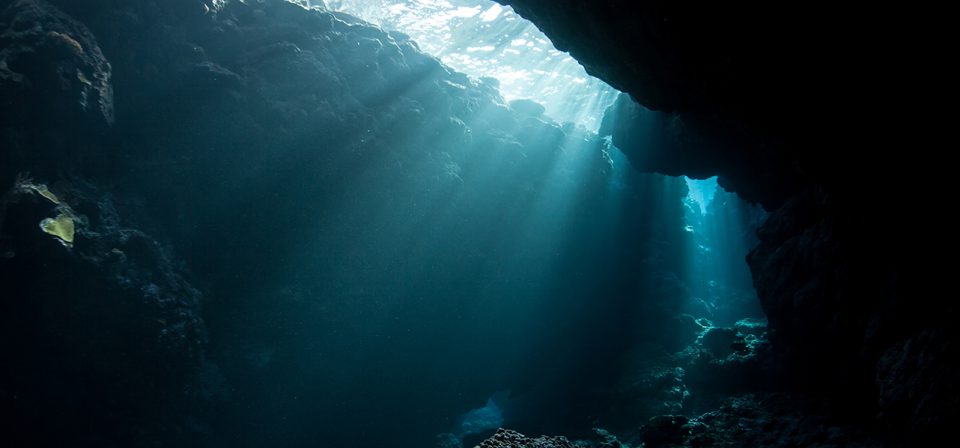“As the deep sea remains understudied and poorly understood, there are many gaps in our understanding of its biodiversity and ecosystems. This makes it difficult to thoroughly assess the potential impacts of deep-sea mining and to put in place adequate safeguards to protect the marine environment…”
“Deep-sea mining is the process of retrieving mineral deposits from the deep sea – the area of the ocean below 200m which covers about 65% of the Earth’s surface.
There is growing interest in the mineral deposits of the deep sea. This is largely due to depleting terrestrial deposits for metals such as copper, nickel, aluminium, manganese, zinc, lithium and cobalt, coupled with rising demand for these metals to produce high-tech applications such as smartphones and green technologies such as wind turbines, solar panels and electric storage batteries.
So far, the focus has been on exploring the deep sea – assessing the size and extent of mineral deposits. By May 2018, the [ISA] – which regulates activities in areas beyond national jurisdiction – had issued 29 contracts for the exploration of deep-sea mineral deposits… But exploration may soon give way to exploitation… Mining in international waters is expected to commence in 2025.
As the deep sea remains understudied and poorly understood, there are many gaps in our understanding of its biodiversity and ecosystems. This makes it difficult to thoroughly assess the potential impacts of deep-sea mining and to put in place adequate safeguards to protect the marine environment…
Based on current knowledge of the deep sea, the following impacts of mining activities could affect its biodiversity and ecosystems:
Disturbance of the seafloor – The scraping of the ocean floor by machines can alter or destroy deep-sea habitats, leading to the loss of species and fragmentation or loss of ecosystem structure and function. Many species living in the deep sea are endemic – meaning they do not occur anywhere else on the planet – and physical disturbances in just one mining site can possibly wipe out an entire species. This is one of the biggest potential impacts from deep-sea mining.
Sediment plumes – Some forms of deep-sea mining will stir up fine sediments on the seafloor consisting of silt, clay and the remains of microorganisms, creating plumes of suspended particles. It is unclear how far these particles may disperse beyond the mining area, how long it would take for them to resettle on the seafloor, and to what extent they may affect ecosystems and species, for instance by smothering animals or harming filter-feeding species that depend on clear, clean water to feed, such as krill and whale sharks.


